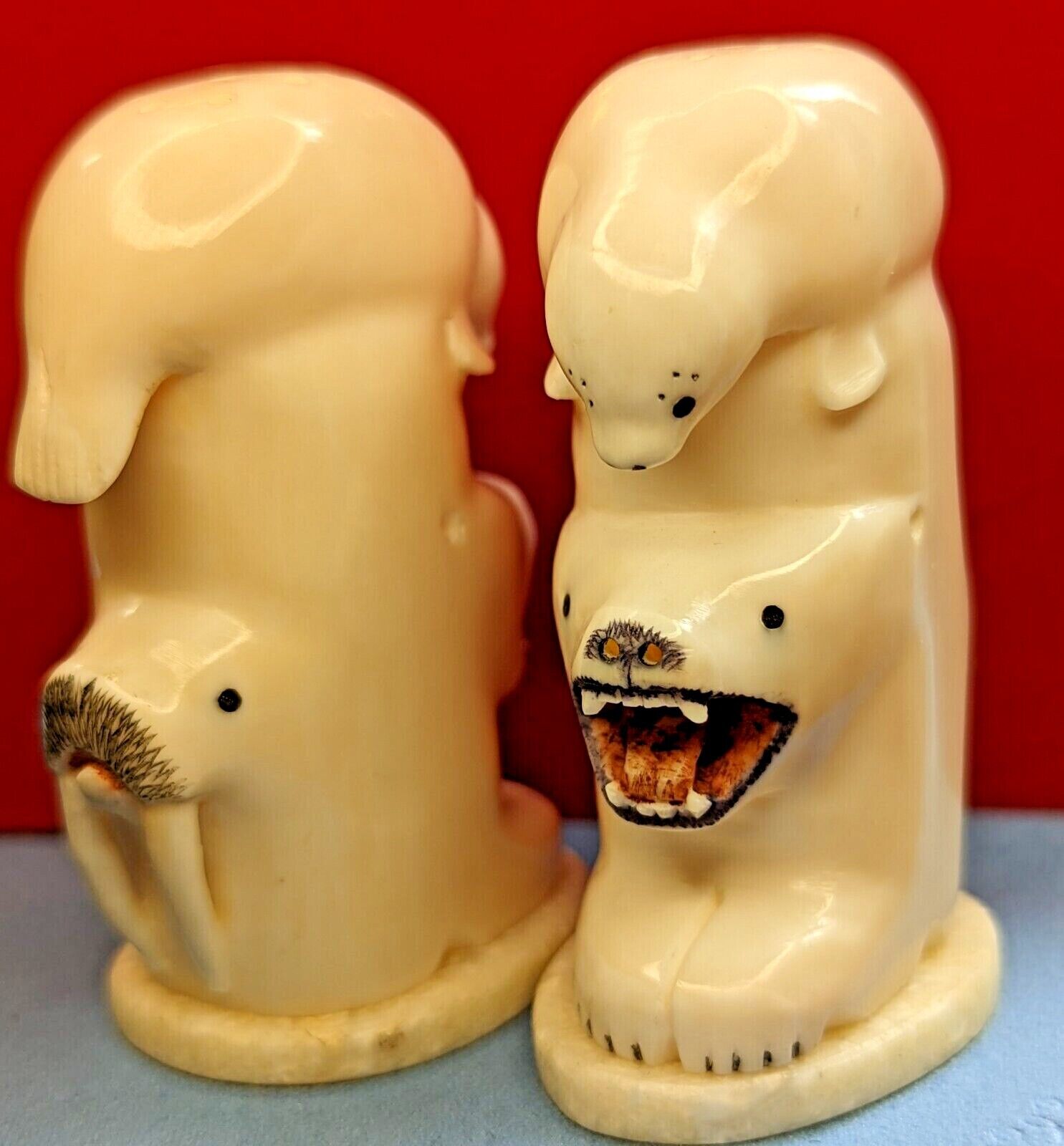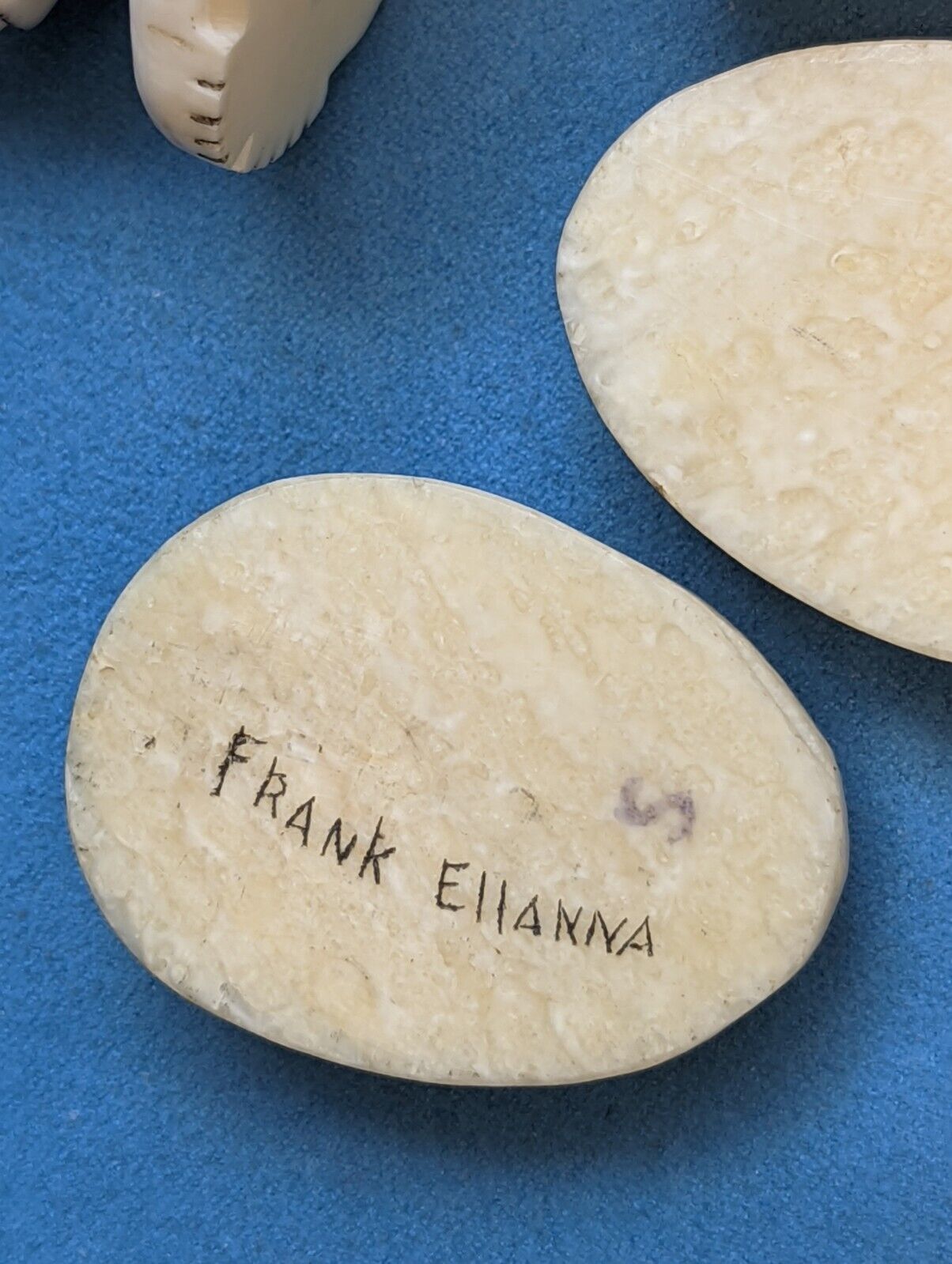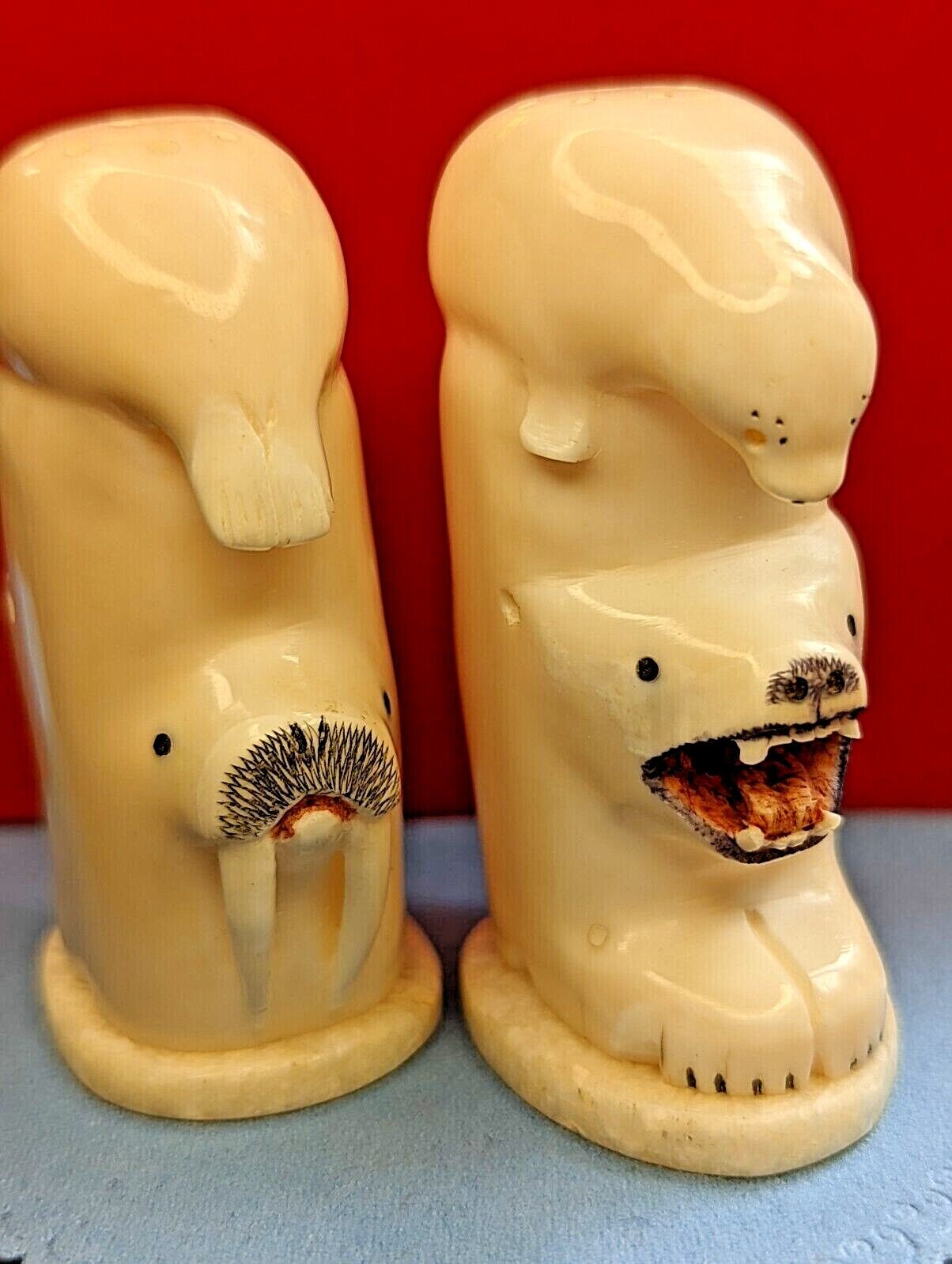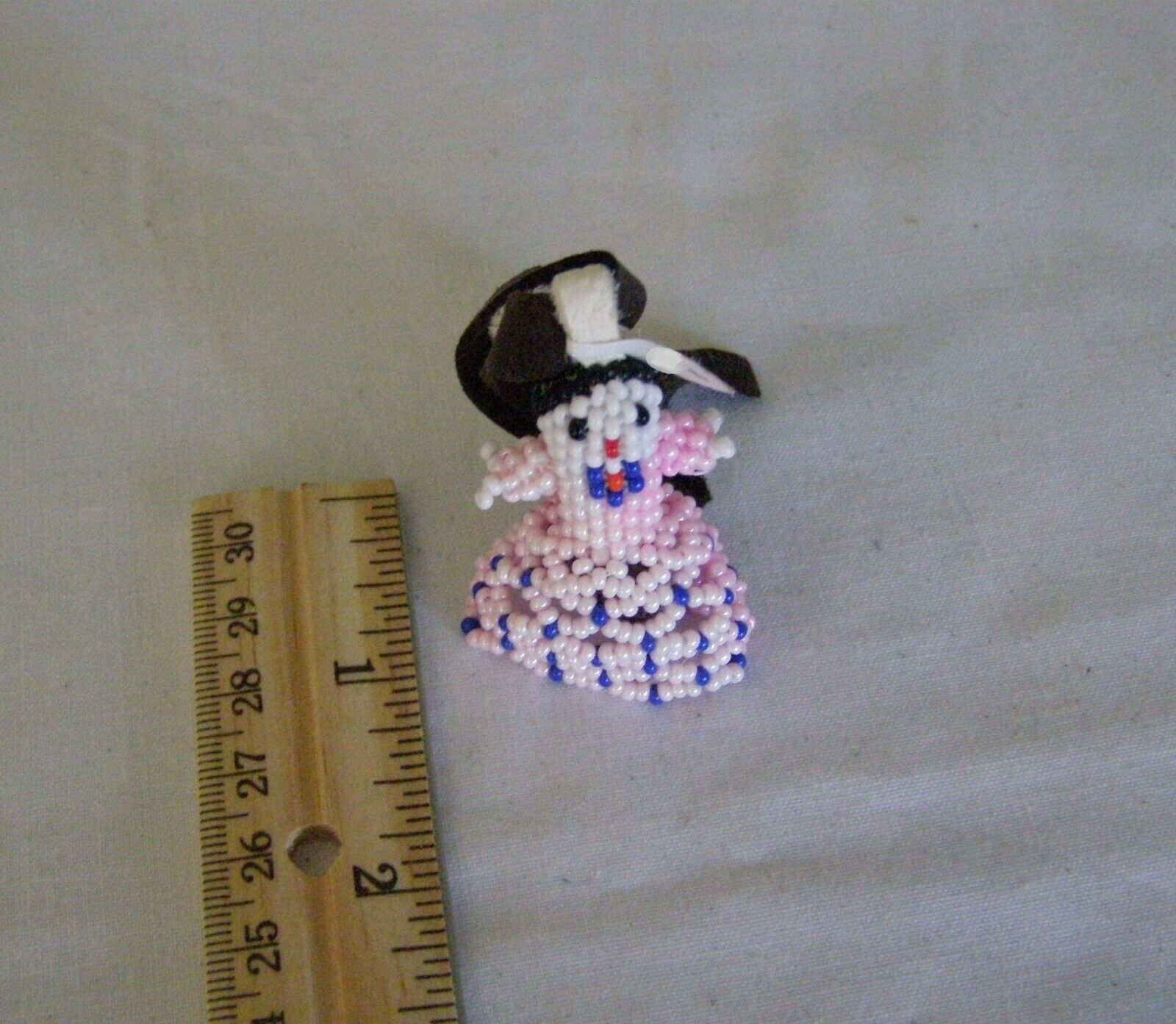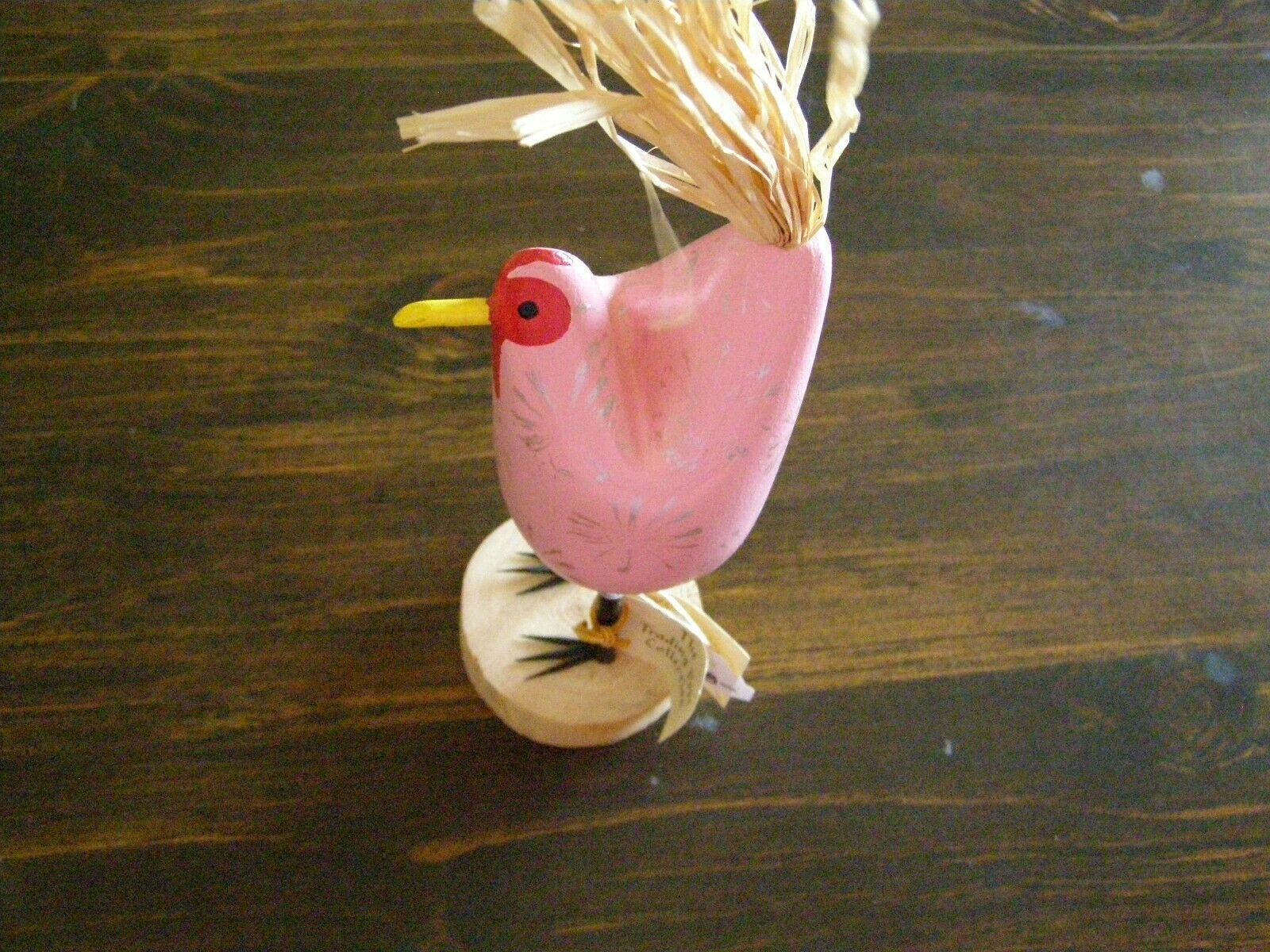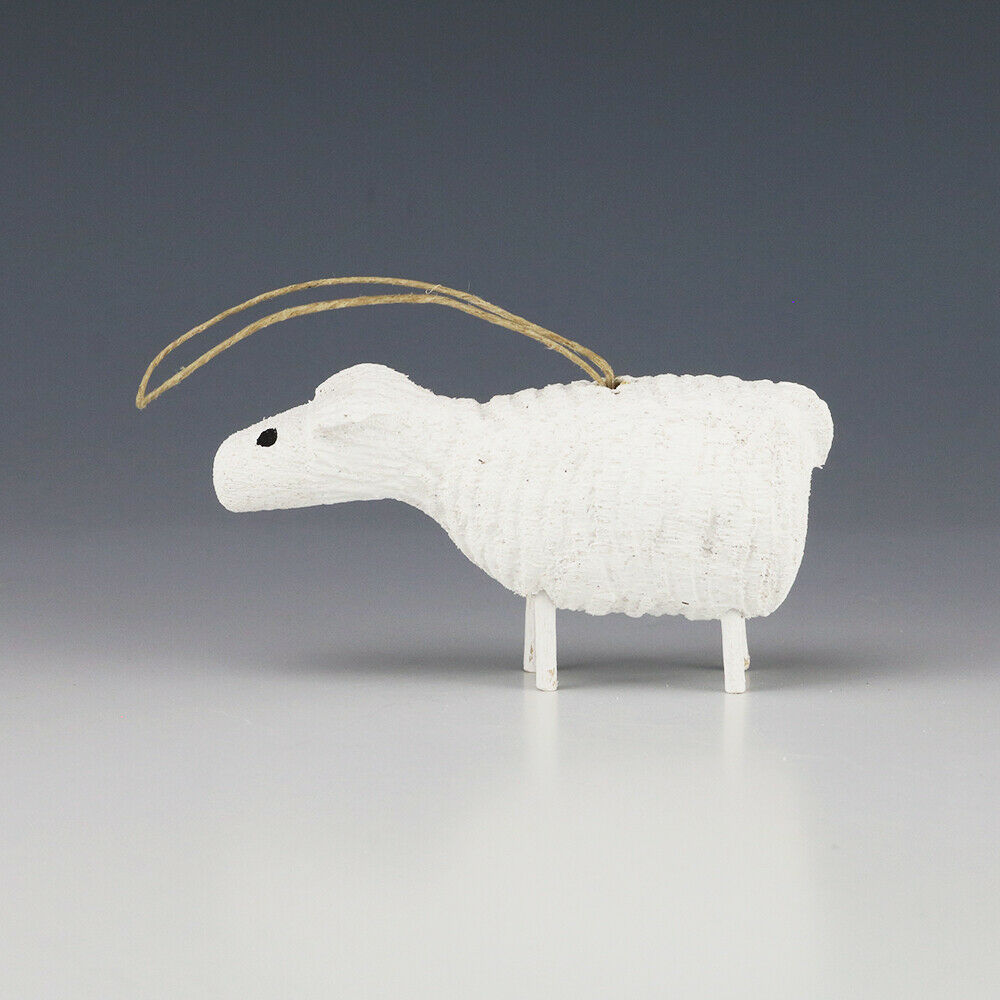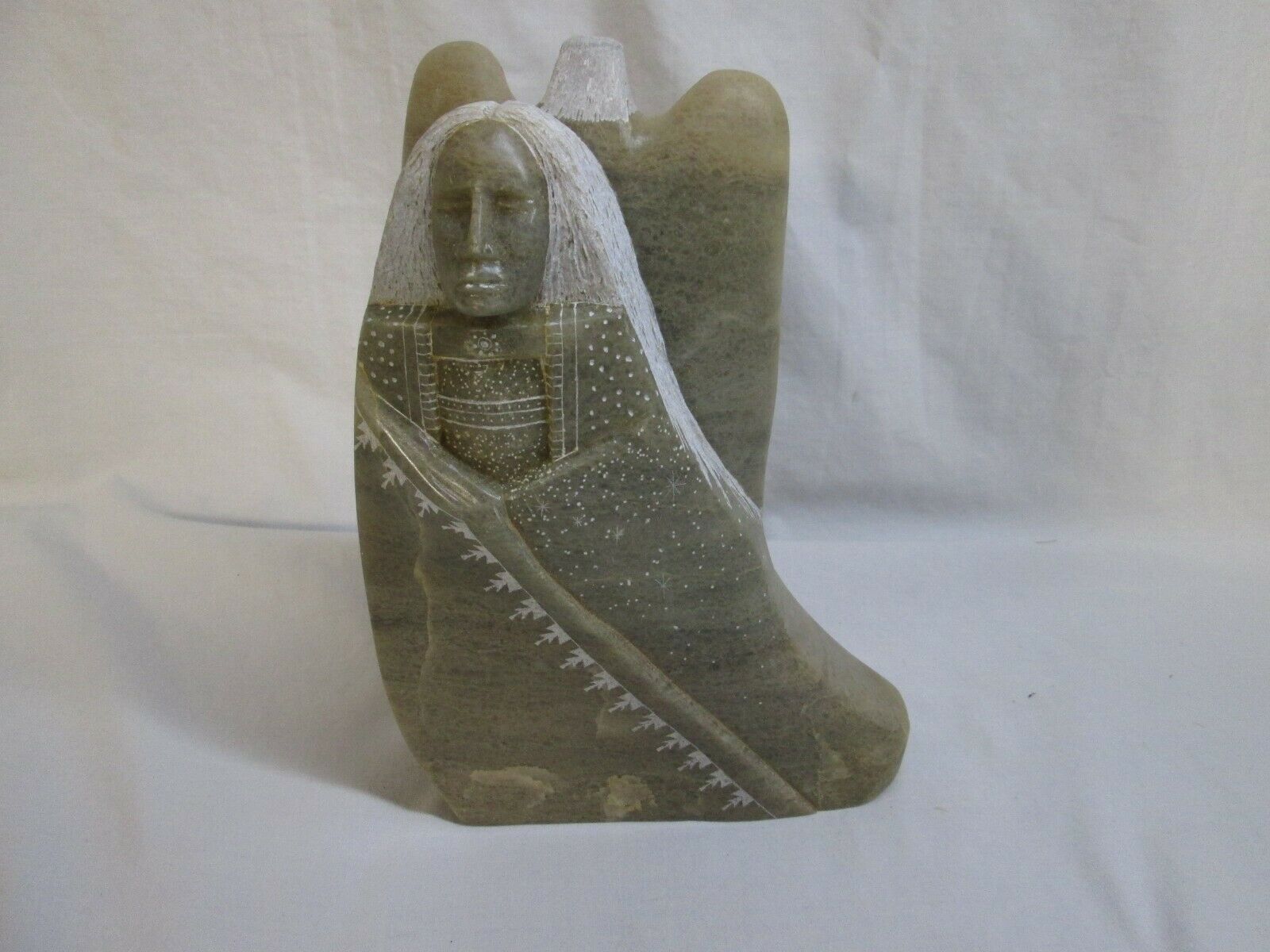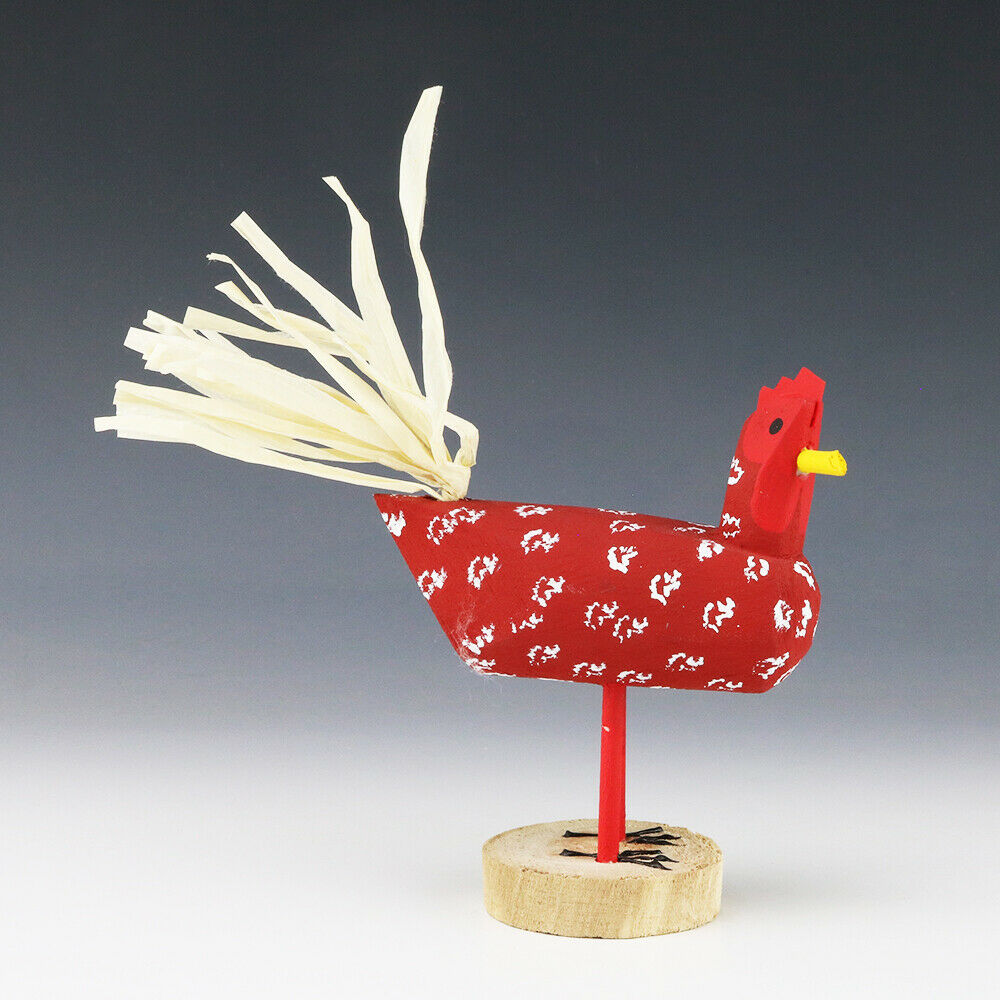-40%
Frank Ellanna Walrus Tusk Alaska Native Crafted Inupiaq Totem Shakers Scrimshaw
$ 240.23
- Description
- Size Guide
Description
Artist: Frank Stanislaus Ellanna (Inuit name, Angaanguk), 1904 - 1990, King Island and Nome, AlaskaMaterials: Walrus Tusk, Ink
Size: Each shaker is approx 2.5" tall x 2" deep (front to back) x 1.5" wide ( side to side).
Date: 1963
Provence: Purchased at gift shop in Nome, Alaska in 1964. Buyer was a pilot for the US Army and led the Army Aviation Battalion based at Ft. Richardson, Alaska, which served US Army strategic air missions throughout Alaska. Passed on to their daughter in 2003 who is now listing these on ebay.
This is a matching - and nearly identical - pair of salt and pepper shakers. The one for salt has slightly larger holes on the top and is stamped with a small "S" on the bottom. Also stamped on the bottom of the salt shaker is the name of the artist, Frank Ellanna. The totems are clearly hand carved and - though a matched set - have minute differences in the carving and coloring. The scrimshaw is the result of filling hand-engraved fine lines with ink.
Each totem features the image of a polar bear and, when the shaker is rotated 180 degrees, the image of a walrus. Resting atop the bear/walrus is a seal. The bear's mouth is open and reveals a delicately colored mouth and tongue and finely carved, menacing teeth. The walrus's long tusks are carved in full 3 dimension. Each shaker sits atop a base which screws into the inside of the shaker - also hand carved of walrus tusk ivory. This allows salt and pepper to be funneled into the shakers if the owner actually chose to use them as tablewear.
Atop each shaker is a circle of small drilled holes which allow for the passage of salt or pepper. Additionally, tiny holes are drilled to create the polar bear nostrils, and - noteably - just one of the seals' eyes. (Other eyes are inked in.)
The artist:
Frank Stanislaus Ellanna (English name) or Angaanguk (Inupiaq name) was a noted Alaska artist who was also know as a story teller of oral-tradition Inuit/Inpiaq tales and as a dancer who carried on the tradition of NW native Alaskan dances, particularly the Wolf Dance. He was from King Island, but when most inhabitants of King Island move inland in the mid 1900s, Ellanna moved to Nome where he continued his artistic work. The NW Indian collection at the Smithsonian Museum includes a bowl which Ellanna may have carved and which is pictured being held and used by him. (SI Bowl 162229-000).
Please note that products containing walrus tusk ivory cannot be shipped to New York, New Jersey, Hawaii, Oregon, Washington, or California. To my knowledge, as of this writing, it is still OK to ship walrus tusk to all other states. But before purchasing this item, please check with your own state’s laws.
